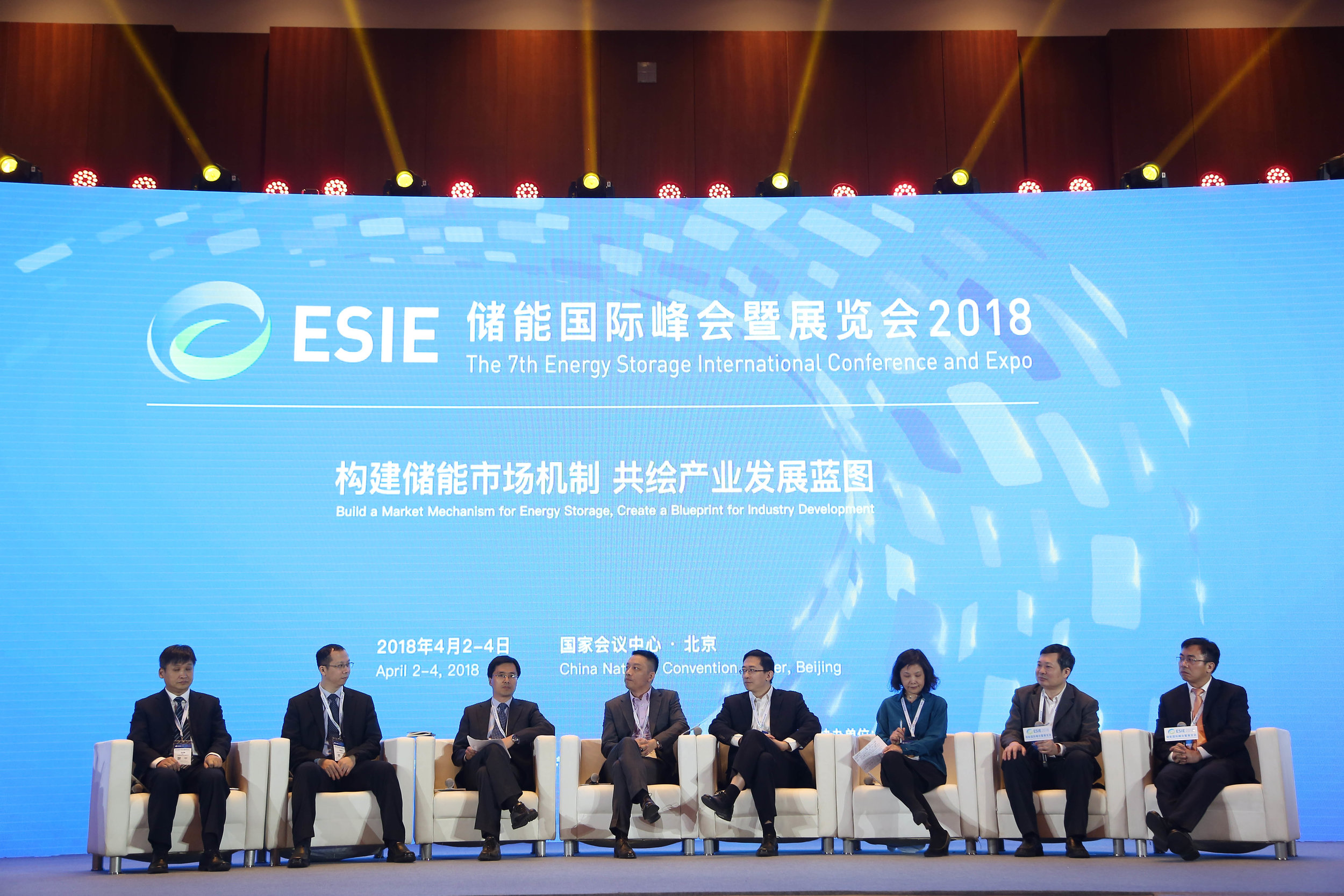Author: Deng Huiping China Electric Power News
It has been over a year since the release of the “Guiding Opinions on Promoting Energy Storage Technology and Industry Development,” and within the New Energy industry, the lack of a mature market mechanism remains the major factor inhibiting the spread of energy storage. The market mechanism described in the “Guiding Opinions” – “payment according to effectiveness, with the beneficiary covering the cost” is one that still requires ongoing support and development.
Who Should Benefit? A Fierce Debate
Energy storage is a critical component to an “intelligent” grid and an energy system dominated by renewables. Energy storage plays an important role in the stabilization of renewable energy, consumption of clean energy sources, participation in peak shaving and frequency regulation, ensuring grid safety and stability, lowering grid infrastructure costs, and more. However, due to high equipment costs and debates over who should reap the benefits of energy storage, the development of what should be a very popular component to the energy system has instead been slow moving.
Some countries with developed power markets have seen the competitive use of frequency regulation, leading to its widespread applications. Amongst China’s thermal power plants, energy storage as a part of peak shaving, frequency regulation, and other ancillary services has already begun to see some acceptance from the market. The addition of energy storage equipment to thermal power plants allows for more accurate, speedy, and effective peak shaving and frequency regulation response, while also lowering the cost of the services and generating a profit for the plant. The spread of energy storage to thermal power plants has therefore been a relatively smooth process, though applications have still been few and of small scales. The reason for this slow progress has been the lack of enthusiasm amongst electricity generators, the grid, and others involved in the power system to invest in New Energy storage equipment due to the continuing debate over who should receive the profits from energy storage.
During a presentation at ESIE 2018, China Energy Storage Alliance Chief Supervisor Zhang Jing noted that New Energy power generators feel that because energy storage can balance electricity generation, lower off-peak generation, ensure grid safety and stability, and lower investment costs for infrastructure, therefore, the power grid should pay the cost for energy storage. Yet grid operators feel that the price for New Energy electricity is already high enough, and since energy storage helps to promote the production of New Energy electricity, the New Energy electricity generators should naturally foot the bill for energy storage.
Jiang Liping, Vice Dean of the State Grid Energy Research Institute, stated that State Grid has never viewed power generation from New Energy sources as an independent source of power, citing lower stability and higher costs than power generated from thermal plants. Therefore, the grid does not wish to foot the bill to install energy storage technology in New Energy generation stations, as the number one duty and responsibility should be providing stable electricity.
Although at present the price of New Energy is higher than that of thermal power, due to the large investment cost and long rate of return, many New Energy power generation plants still have a low profit margin. In such a case, adding energy storage equipment would not be economical, and therefore there is little enthusiasm to do so.
The Market Mechanism Still Requires Strengthening
On the one hand, most people recognize the potential of energy storage in New Energy generation, ancillary services, microgrids, behind-the-meter applications, the energy internet, and other applications. On the other hand, enthusiasm remains low and popularization remains difficult. Zhang Jing stated that conquering this obstacle will require further work in strengthening energy storage market and pricing models, thereby making the value of energy storage more obvious to everyone.
Many experts share this same view. Currently, much of the value and benefit of energy storage is still unclear. Energy storage’s value must be clarified for all stages, including generation, transmission, distribution, and usage. An open electricity market and flexible market pricing mechanism will help promote energy storage’s commercial value. Xie Kai, Vice Director of the Beijing Power Exchange Center, stated that strengthening the energy storage market mechanism is of utmost importance. As he explained, in countries that have already established a complete energy storage market mechanism, the development of energy storage has been rapid. One example from abroad is a frequency regulation compensation mechanism that shrinks the investment return for energy storage equipment from 5-8 years to 2-3 years.
In this regard, the effects of the Guiding Opinions will gradually make themselves known. The Guiding Opinions clarifies several issues regarding energy storage, including the path for policies that encourage the development of energy storage, the identity of energy storage, the investment and management system of energy storage, and the responsibilities of energy storage demonstrations. This gives a visible outlook for investors, helping to stimulate the market.
A representative from the National Energy Administration described plans to continue to advocate for energy storage development in four ways. First, through improving relevant policies and mechanisms. Second, promoting technological advancements and lowering costs. Third, through organization of energy storage demonstrations encouraging companies to innovate in technologies, business models, and large-scale applications. Fourth and finally, through the improvement of relevant standards.


